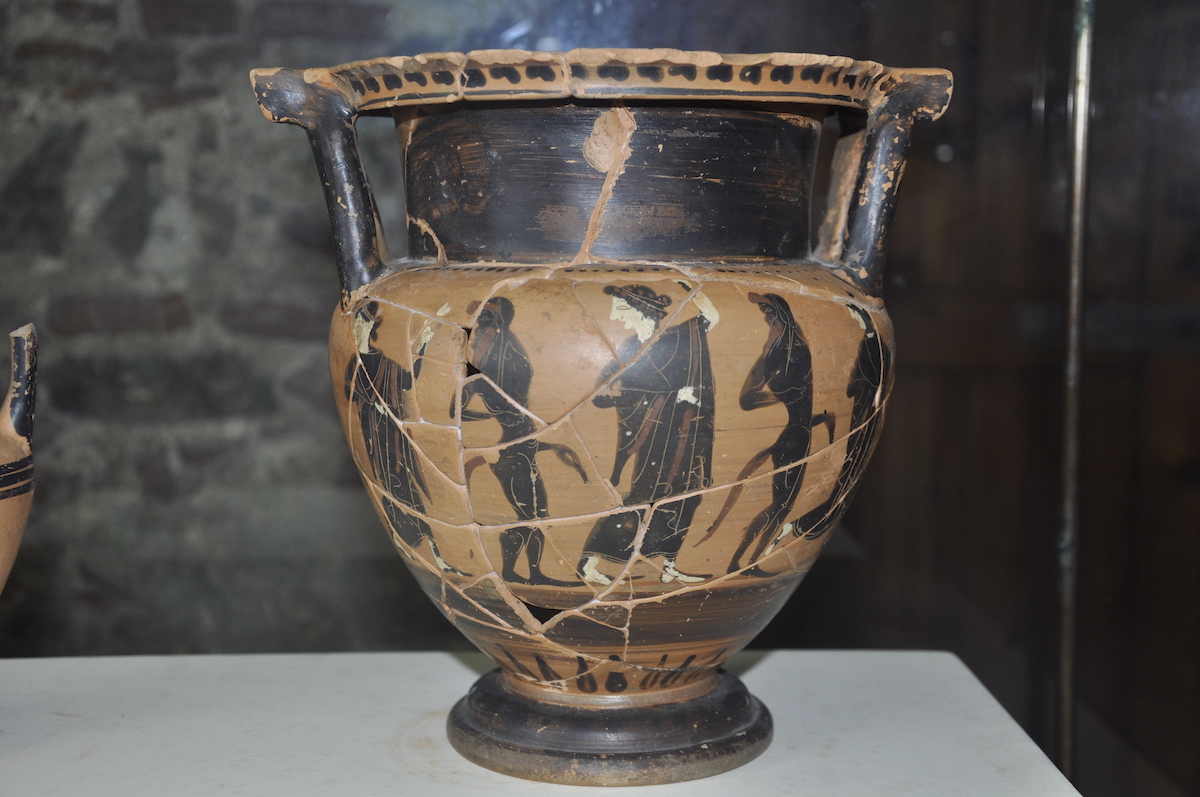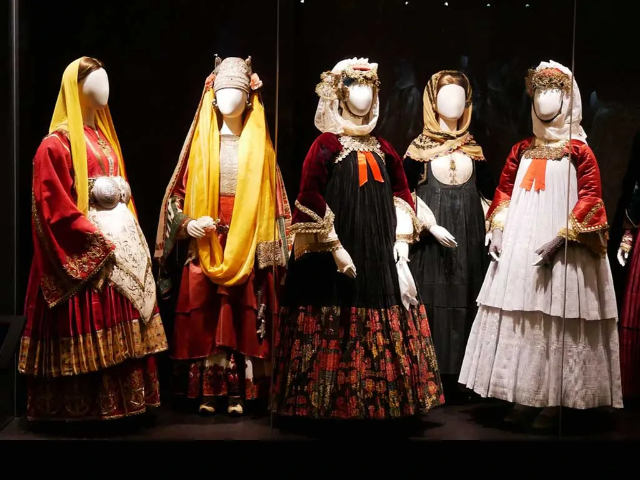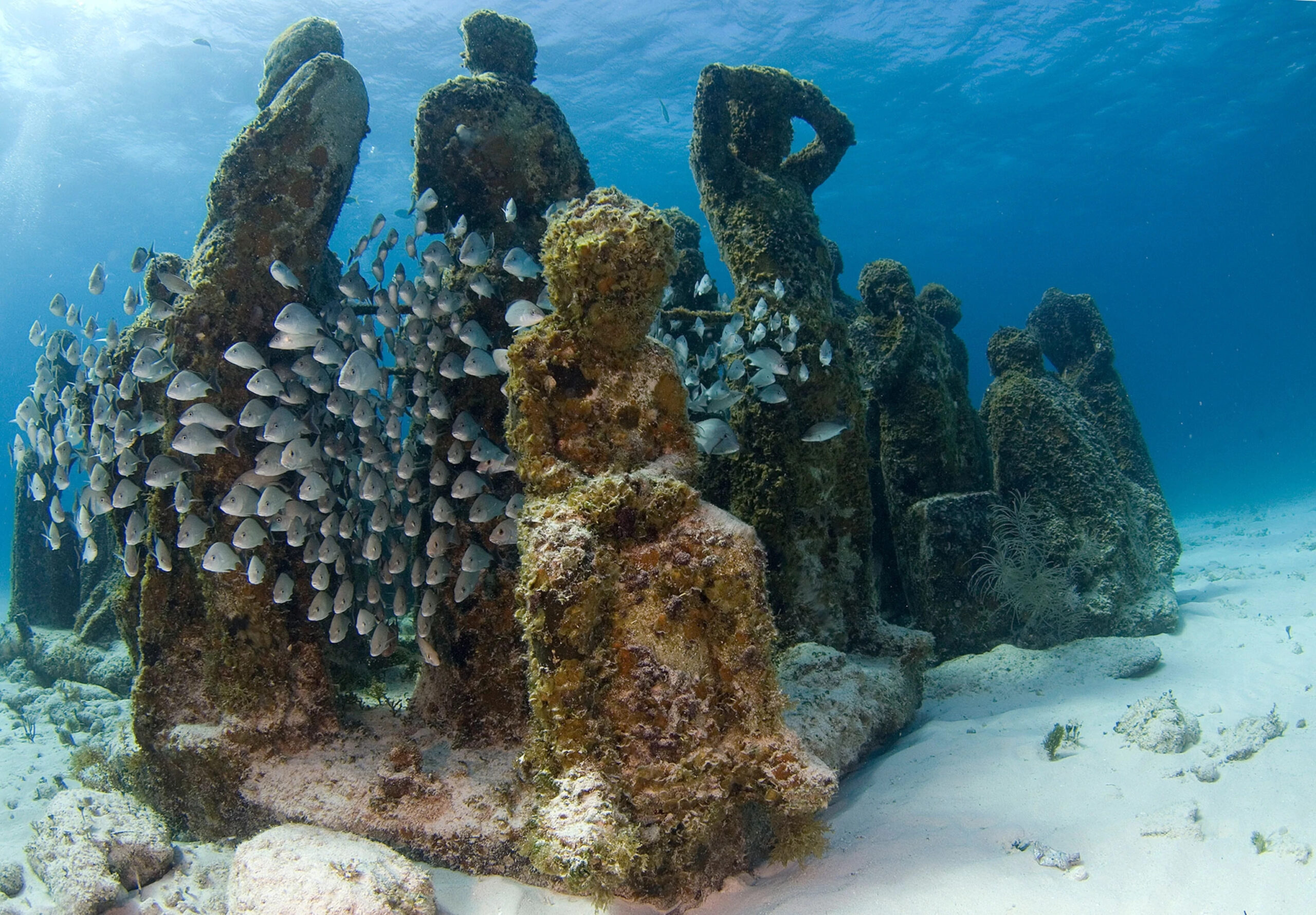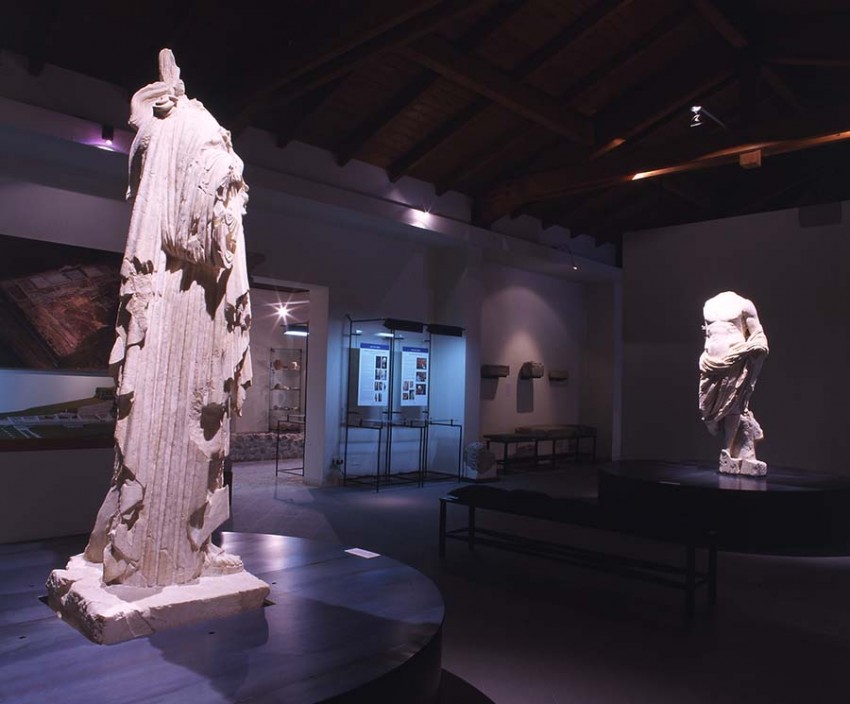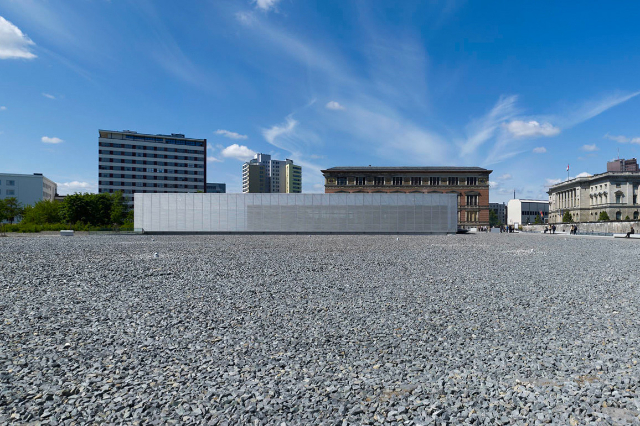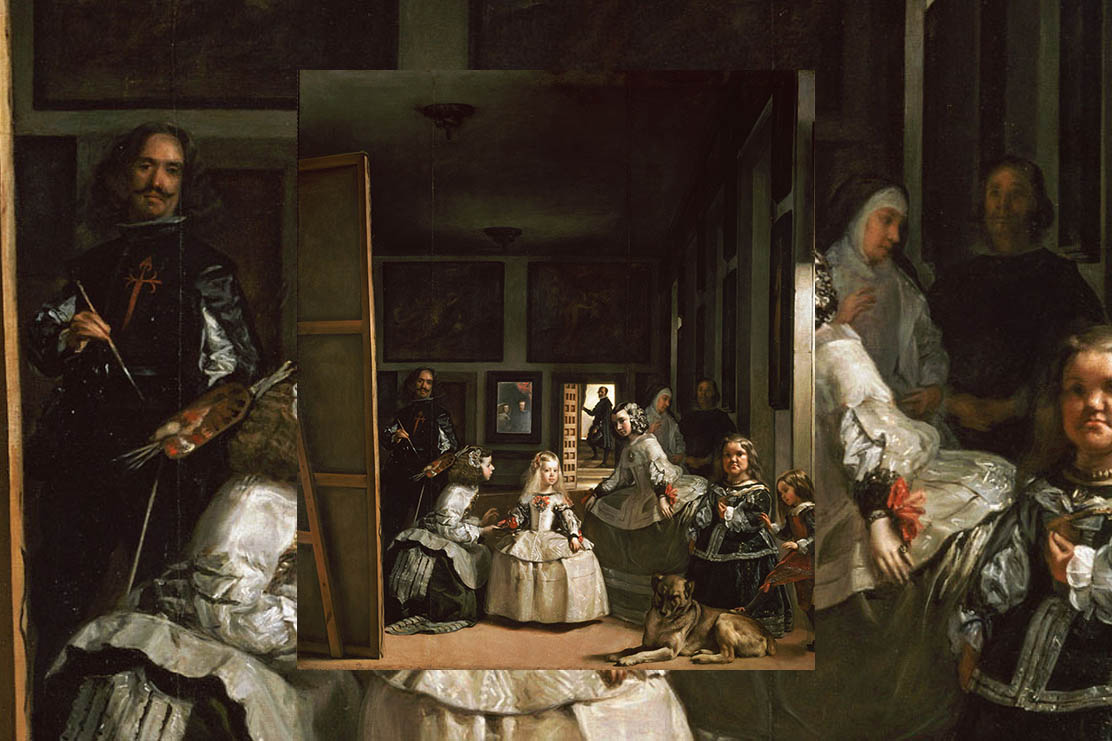The Metauros Archaeological Museum has been set up in the 18th century Palazzo Baldari in the historic centre of Gioia Tauro and illustrates the history of Métauros, a centre founded by the inhabitants of Zancle (now Messina) for expansionist-commercial reasons and subsequently passed under the influence of the colony of Locri in the 6th century.C.The intense urbanization of the natural terrace of Piano delle Fosse, seat of the ancient settlement, did not allow for in-depth investigations; instead, it was possible to excavate in extension the coastal strip that gave back the great necropolis of the VII -V century B.C. The rich trousseaus attest to the close links of Métauros with the centres of Mylae, Zancle and Rhegion and with sites in the southern Tyrrhenian Sea, as well as documenting trade with the Mediterranean area. The museum itinerary, which occupies the entire ground floor of the building, offers mainly material from the area of the necropolis excavated in the last century and which has also returned significant evidence of indigenous presence of the seventh century BC. Among the artefacts on display are aryballoi, alabastra of insular production, painted Attic pottery and black figures, and SOS-type transport amphorae.
A space is reserved for funerary discoveries from the Roman age (II-III century AD) when the city began to be inhabited again, after being abandoned in the classical and Hellenistic age. Among the pottery on display are very refined glass vases, decorated with applied motifs, which can be classified as imports from the Mediterranean area, confirming the commercial vocation of Métauros even in Roman times.
The medieval age is testified by ceramic materials coming from an area of butto located between the remains of the so-called "Norman" square tower and the surrounding walls, in the northernmost part of the Piano delle Fosse. Pottery dating between the 13th century and the Renaissance is also documented.
